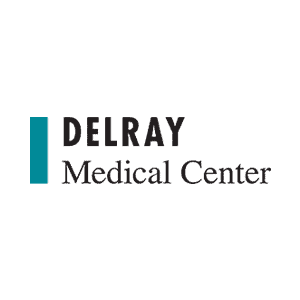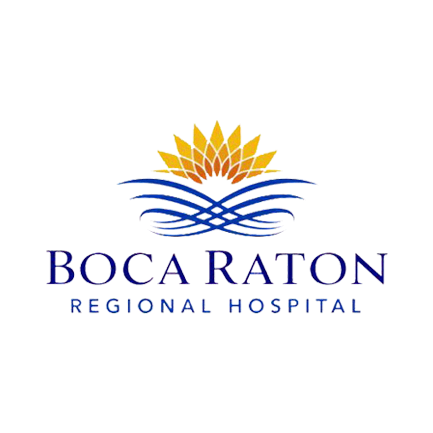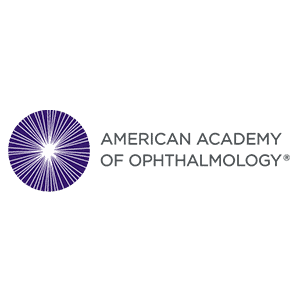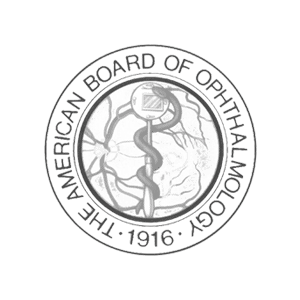Common Eyelid Surgery Questions
What is the purpose of the eyelids?
Eyelids are special protective structures containing skin, lashes, glands, and muscle to protect the eye and create the tear film.
Eyelid problems can occur at any point in a patient’s life, even at birth due to congenital abnormalities of the eyelid due to a variety of conditions, including Down syndrome, birth trauma, or coloboma.
As the eyelids age, the muscles and tendons can weaken and the glands inside may not work as effectively, causing a variety of problems that can impair vision and ocular comfort.
What causes an eyelid droop?
An eyelid droop or ptosis is a common problem where the upper eyelid hangs lower than it should. This can block or distort someone’s vision.
As we age, the muscles and tendons of the upper eyelid can stretch and weaken, which may result in ptosis. Other causes of ptosis include auto-immune conditions like myasthenia gravis, trauma, or strokes.
A thorough eye exam is necessary to determine the underlying cause and perform measurements to gauge the severity of the ptosis.
While surgery is generally a definitive fix, there is a special once-daily eye drop called Upneeq that can help raise the lid 1-2mm in some patients. This medication is prescription only, so ask Dr. Cohen if it’s right for you! Learn more about Upneeq here!
Why does my eyelid look swollen?
Eyelid swelling can be very uncomfortable and cosmetically problematic. In general, swelling is due to inflammation mediated by white blood cells. Like most medical conditions, the underlying cause can be due to a variety of problems, some of which are explained below:
- Stye (hordeolum)
- A stye is in infection, usually bacterial, of a gland, pore, or follicle of the eyelid. It can occur in either upper or lower eyelids at any age. Avoiding make-up, using warm compresses, and applying prescription eye drops (antibiotics) can shorten the infection and relieve symptoms.
- Chalazion
- A chalazion may look like a stye, but it is a blockage of a special oil gland called meibomian gland. This gland is responsible for coating the eyeball with a thin oil layer to prevent tear evaporation. If the gland is malfunctioning or blocked, it can clog up with meibum oil and become thick and inflamed contributing to DRY EYE and localized swelling.
- Treatment of a chalazion usually involves warm compresses, steroid drops or injections, or even surgical incision and drainage in severe or chronic conditions.
- Cellulitis
- Preseptal cellulitis is an infection of the superficial layers of the eyelid. It usually is caused by sinus infections or skin injury. It can occur in both children and adults and requires oral antibiotics to treat.
- Orbital cellulitis is a severe infection involving all layers of the eyelid, including deeper tissues close to the muscles and nerves of the eye. This condition can be vision threatening and often requires hospitilization for blood cultures and IV antibiotics.
What is functional eyelid surgery?
Functional eyelid surgery is a procedure that your ophthalmologist does to improve your eyelid function and vision. For example, you might need upper eyelid surgery if your upper lids droop badly enough to interfere with clear vision. If your lower eyelids turn out 'ectropion' or in 'entropion' you may have watering or irritated eyes. This is another problem that functional eyelid surgery can fix.
If you have severe upper or lower eyelid sagging, you could also develop skin irritation from excess skin rubbing together. This is another problem that functional eyelid surgery can fix.
What is cosmetic eyelid surgery?
Cosmetic eyelid surgery includes the same procedures as functional eyelid surgery, but cosmetic surgery is done purely for aesthetic reasons. If you've got bags under your eyes due to droopy lower eyelids, or if your upper eyelids are sagging with age, cosmetic eyelid surgery might be a great option.
Click here for patient post-op instructions.
What is the eyelid surgery process like?
The exact process depends on which eyelids need correction, but both lower and upper eyelid surgeries focus on tightening the skin.
Upper eyelid surgery
For upper eyelid surgery, your Cohen Laser & Vision Center ophthalmologist makes small incisions that are well concealed in the fold of your eye. This means that the small scars won't be visible when your eyes are open. Next, your ophthalmologist removes excess skin, along with some muscle and fat, in the area above your eye. After repositioning the skin, your ophthalmologist makes tiny sutures or uses surgical glue to close the incision. The ultimate effect is a lifted, more youthful look with no drooping lids.
Lower eyelid surgery
For lower eyelid surgery, the incision is either along the border of your lower lashes or inside your lower eyelid. Your ophthalmologist removes excess skin, fat, or both to improve the tightness and appearance of the under-eye area. As with upper eyelid surgery, your ophthalmologist closes incisions with tiny sutures or surgical glue. The scars are either invisible (on the inside of your eyelid) or well concealed in your lower lash line. Many patients opt for both upper and lower eyelid surgery, and it’s easiest to schedule both procedures at the same time. After your eyelid surgery, it generally takes around 10-14 days to heal, and around a month to see your full results. To learn more about eyelid surgery, call the Cohen Laser & Vision Center office or book your consultation online today. The practice serves those in Boca Raton, Delray Beach, Deerfield Beach, Pompano Beach, Boynton Beach, and all of Palm Beach County.
Want More Information?
Contact us today so we can answer your questions.
Call us now at (561)981-8400, or request an appointment online here.












